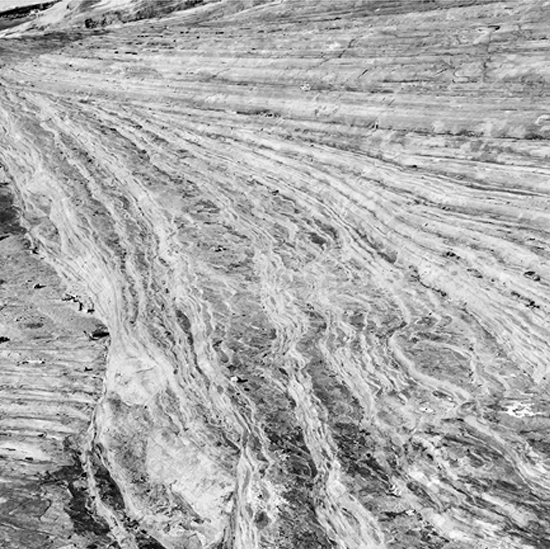The Origin of a Great Line
I am sitting in a dusty café in the middle of nowhere—Fort Irwin, where the Army trains soldiers in tank warfare. This is a stark, endless desert linking Nevada and California. We flew in by helicopter. I am having coffee with a colonel whose name I don’t remember, but whose comments I remember with the clarity of today, even though this was in 1993.
We have been up before dawn to travel to a high hill that offers a panoramic view of everything going on for more than fifty miles. It’s a vast and desolate landscape. But we’re focused on what’s going on below us, at the base of the hill where well-worn tracks weave in and out of low hills and sand dunes. We are observing tank warfare, hundreds of tanks engaged in mock battle, a training event. There is no live ammo; if you’re ambushed, your computer screen tells you you’re dead or wounded and how badly. Even with my untrained eye, I can see tanks getting into trouble, unable to save themselves from death and injury. The number of casualties keeps growing.
The base commander, a general, is walking around rubbing his hands in glee: “Lots of learning going on down there, lots of learning!”
Later in the morning, I observe an After Action Review (AAR), a process invented by the Army in the late ’70s and still used not only by the military, but by other federal agencies, police forces, even a few corporations. A great deal has since been written about this process. This morning is one of my first experiences with this now famous process. I’m standing with about twelve soldiers and their captain at the back of a truck. They’re trying to figure out where things went wrong, why and how they got killed in the morning battle. They’ve been trained in the AAR process and use it after every battle, mock or real.
I’ve since observed this process many times, sometimes in rooms with only blackboards, sometimes in formal settings with screens and technology. But here, it was a group of very tired soldiers at the back of a truck, trying to learn from what just happened. I remember the intensity of the conversation—I can’t recall whether anyone was taking notes. I remember the heat and the dust. I remember the energy of everyone as they voiced comments and ideas in rapid fire exchanges. No doubt they wanted to get back to the base, get some breakfast, take a shower. No doubt, at this moment, they were fully engaged in figuring out how not to mess up the next time.
Later, sitting in the cafe with the colonel, I blurted out that I had never seen so much learning going on. I’d been in many organizations, in many different circumstances, but I’d never seen a leader even faintly enthusiastic, let alone rubbing his hands in glee, about the amount of learning he was witnessing with all the mistakes going on. And I’d never experienced the energy and focus at the back of that truck. I consolidated all these experiences to the colonel in one statement: “The Army is the first and only true learning organization I’ve ever seen.” (Twenty-five years later, I’ve only encountered a few others and none come close.)
He smiled, apparently delighted with the comparison. Then he replied quietly, “Well, Meg, we figured that one out a long time ago. It’s better to learn than be dead.”

